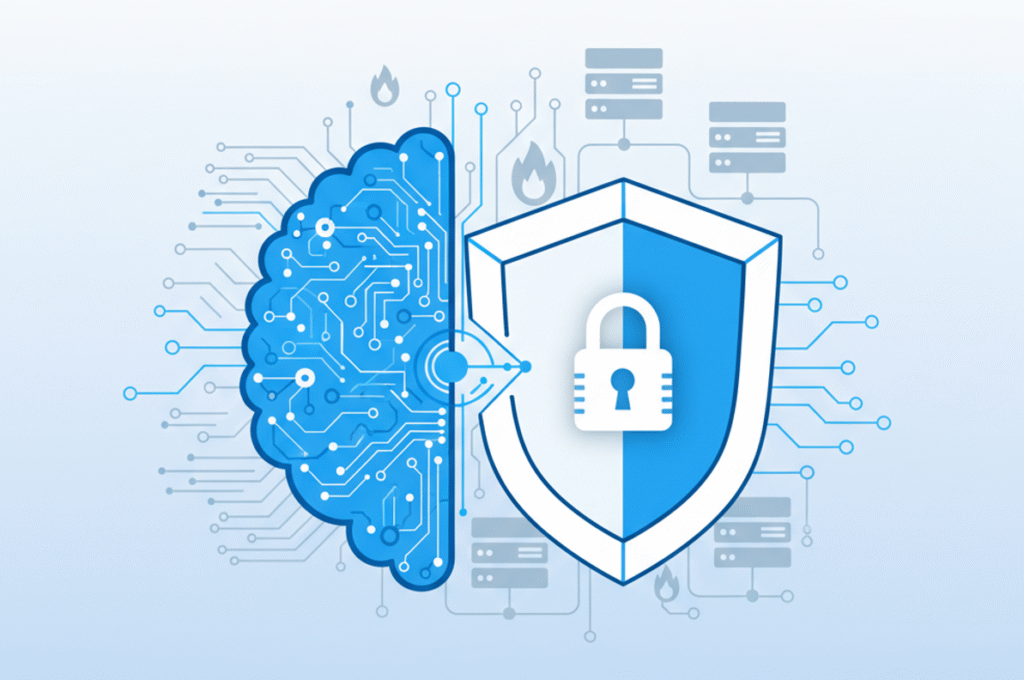Information security is an unwavering guardian of organizations’ most valuable asset—information. The information security landscape is multifaceted, encompassing many practices that shield sensitive data from the relentless onslaught of cyber threats. This comprehensive guide embarks on a journey through the heart of information security, delving into the intricacies of 10 pivotal aspects that fortify the digital realm against potential breaches and ensure the sanctity of vital information.
- Data Classification and Handling
The foundation of information security lies in understanding the value of your data. Data classification involves categorizing information based on its sensitivity and criticality. This enables organizations to implement tailored security measures for each category, ensuring that high-risk data receives the utmost protection while allowing appropriate access to authorized individuals.
- Access Control and Identity Management
Access control is the gatekeeper of data integrity. Organizations assign unique access privileges based on roles to prevent unauthorized personnel from accessing sensitive information. Identity management solutions, such as multi-factor authentication, bolster security by verifying users’ identities, adding an extra layer of protection against unauthorized access.
- Data Loss Prevention (DLP)
Data breaches and leaks can have far-reaching consequences. Data Loss Prevention solutions scan and monitor data in motion, identifying patterns that may indicate unauthorized data transfers. These solutions can block, encrypt, or quarantine sensitive data, ensuring it remains within the organization’s confines.
- Encryption Methods and Algorithms
Encryption is the cornerstone of data protection. Through encryption algorithms, sensitive data is transformed into an unreadable format, rendering it useless to unauthorized individuals. Robust encryption safeguards data during transmission and while at rest, ensuring that the information remains indecipherable even if a breach occurs.
- Security Policies and Procedures
A comprehensive set of security policies and procedures establishes the guidelines for secure operations. These documents encompass acceptable use policies, password management protocols, incident reporting procedures, and more. Organizations create a unified approach to security by outlining expectations and best practices.
- Security Awareness Training for Employees
Employees play a pivotal role in maintaining security. Regular security awareness training educates staff about common threats, phishing tactics, and safe online behavior. Informed employees are more likely to recognize potential risks and respond appropriately, reducing the likelihood of successful cyberattacks.
- Secure File Sharing and Collaboration
In a connected world, secure collaboration is essential. Secure file-sharing solutions enable employees to share documents without compromising data integrity. These solutions often employ encryption, access controls, and user authentication, ensuring that sensitive information remains protected.
- Security Incident Response Plan
Preparedness is critical to effective incident management. A well-structured incident response plan outlines the steps to take during a security breach. This plan should cover identification, containment, eradication, recovery, and lessons learned. Having a predefined process minimizes damage and aids in swift resolution.
- Secure Data Storage and Backup
Data storage requires a layered approach to security. Implementing encryption for data at rest safeguards it from unauthorized access. Regular data backups are essential for disaster recovery, ensuring that data can be restored in case of data loss due to cyber incidents or other factors.
- Secure Document Management Systems
Managing documents securely is vital for compliance and protection. Document management systems offer version control, access permissions, and audit trails. These systems enhance collaboration while maintaining data integrity and security.
Conclusion
Information security is a multifaceted discipline that demands meticulous attention to detail. By delving into the intricacies of these ten aspects, organizations can erect a robust fortress around their data assets. From classifying and handling data to secure document management, each practice contributes to the overarching goal of preserving sensitive information in an increasingly digital world. By embracing these practices, organizations can foster a security culture, ensuring their data remains resilient against the relentless tide of cyber threats.





